The Rhino Beetle, with its formidable size and impressive horn-like structures, is a fascinating insect that captures the imagination. Belonging to the family Scarabaeidae, these beetles are known for their strength and unique adaptations.
Rhinoceros beetles are herbivorous insects called for the males’ horn-like extensions on and around their heads. Most are black, gray, or greenish in hue, with soft hairs covering them. Some of these insects are also known as Hercules beetles because their strength is of Herculean proportions. Some species’ adults can lift things 30 times their own weight without losing any speed. Some can even lift 100 times their own weight, albeit they struggle to move at that point. Male beetles utilize their incredible power to defeat rival males and earn the chance to mate with females. Rhinoceros beetles may grow to be six inches (15 cm) long, making them among the world’s biggest bugs.
Rhinoceros Beetles: Species Profile
COMMON NAME: Rhino Beetle
SWAHILI NAME: Chonga pembe-panda
SCIENTIFIC NAME: Dynastinae (Family: Scarabaeidae)
TYPE: Insect
FOOD: Rhino Beetles are herbivorous insects that primarily feed on decaying plant material, such as fallen fruits, leaves, and wood. Some species may also feed on tree sap and nectar.
HABITAT: Rhino Beetles are found in various habitats, including forests, jungles, grasslands, and even agricultural areas. They prefer areas with abundant vegetation and suitable food sources.
SIZE: Rhino Beetles are known for their impressive size. They can range in length from a few centimeters to over 15 centimeters (6 inches). Males are usually larger than females and possess larger horns or mandibles.
AVERAGE LIFE SPAN IN THE NATURAL HABITAT: The average life span of Rhino Beetles in their natural habitat can vary depending on the species and environmental factors. Generally, they live for several months to a few years.
ACTIVE: Rhino Beetles are primarily active during the night. They are nocturnal insects and spend their days hidden in vegetation or burrowed in the ground. At night, they emerge to feed and mate.
GESTATION PERIOD: Rhino Beetles undergo a complete metamorphosis, starting from eggs, then progressing to larvae, pupae, and finally emerging as adults. The gestation period from egg to adult can take several months, depending on the species.
WEIGHT: The weight of Rhino Beetles can vary significantly depending on the species and gender. Some larger species can weigh up to several grams, while smaller species may weigh just a few grams.
Physical Features and Adaptations:
The Rhino Beetle is a large insect, with males typically larger than females. One of its most striking features is the prominent horn-like structure found on the head of males, resembling the horn of a rhinoceros. This horn is used for various purposes, including combat with other males and burrowing into soil or decomposing matter.
Habitat and Distribution:
Rhino Beetles can be found in tropical and subtropical regions across the globe, including Africa, Asia, and the Americas. They inhabit diverse habitats such as forests, grasslands, and gardens. Some species are arboreal, while others prefer living in decaying logs or underground.
Behavior and Lifestyle:
Feeding Habits:
Rhino Beetles have a herbivorous diet, primarily feeding on plant matter such as fruits, sap, and decaying wood. They play a crucial role in the ecosystem by aiding in the decomposition process and nutrient cycling.
Mating and Reproduction:
During the mating season, male Rhino Beetles engage in fierce battles to win the attention of females. Their horn-like structures are used in combat, with males pushing and wrestling each other for dominance. The victorious male has the opportunity to mate with receptive females.
Larval Stage:
Rhino Beetles undergo a complete metamorphosis, starting from eggs laid in suitable substrates. The larvae, commonly known as grubs, live in the soil or decaying matter. They feed voraciously, growing in size and eventually pupating. The pupal stage is followed by the emergence of the adult beetle.
Ecological Significance:
Rhino Beetles contribute to ecosystem functioning in several ways. As decomposers, they aid in breaking down organic matter and recycling nutrients. Additionally, their activities, such as tunneling and burrowing, aerate the soil, promoting healthy plant growth.
Cultural Significance:
The Rhino Beetle holds cultural significance in various societies around the world. In some regions, they are considered symbols of strength, fertility, or protection. Their distinctive appearance and intriguing behavior have made them subjects of admiration and even inspiration for art, folklore, and storytelling.
Conservation Status:
While some species of Rhino Beetles are abundant and not of immediate conservation concern, others face threats due to habitat destruction, pollution, and collection for trade. It is crucial to protect their natural habitats and promote sustainable practices to ensure the preservation of these remarkable insects.
Dynastinae
The Dynastinae exemplifies the incredible diversity and adaptability of the insect world. With their impressive size, unique physical features, and ecological contributions, they stand out as remarkable creatures. By appreciating their importance in the ecosystem and taking steps to conserve their habitats, we can ensure the continued existence and marvel at the might and beauty of the Rhino Beetle.
Rhino Beetle Adaptations:
Rhino beetles, also known as Hercules beetles, are a group of beetles belonging to the family Scarabaeidae. These impressive creatures are renowned for their robust size, unique horn-like structures, and fascinating adaptations. Let’s delve into the remarkable adaptations of rhino beetles that make them stand out in the insect world.
1. Size and Strength
One of the most striking features of rhino beetles is their size and strength. Males, in particular, possess enlarged heads and thoraxes, which give them a robust appearance. Some species of rhino beetles are among the largest beetles in the world, with males measuring up to 6 inches (15 centimeters) in length. Their impressive size is a result of sexual dimorphism, where males are significantly larger than females. This adaptation plays a crucial role in their competitive behaviors during mating.
2. Horns and Pincers
The most distinctive feature of rhino beetles is the horn-like structures that adorn the heads of males. These horns vary in shape, size, and complexity among different species. They are used in combat and competition for mates. Males engage in intense battles, using their horns to push and wrestle rivals. In addition to the horns, rhino beetles also have strong pincers or mandibles, which they use to grasp objects and defend themselves.
3. Flight and Wing Adaptations
Rhino beetles have two pairs of wings: the hardened forewings, known as elytra, and the membranous hindwings used for flight. While their elytra are thick and protective, they can be lifted during flight to expose the hindwings. This clever adaptation allows rhino beetles to take off swiftly and navigate their surroundings. Despite their bulky appearance, some species are adept flyers, demonstrating agility and control in the air.
4. Camouflage and Protective Coloration
Rhino beetles exhibit various colorations and patterns that aid in camouflage and protection. Some species have dark brown or black exoskeletons, blending with tree bark or soil, while others display vibrant metallic colors to intimidate potential predators. These adaptations enable rhino beetles to camouflage themselves in their natural habitats, making them less conspicuous to predators.
5. Feeding and Nutritional Adaptations
Rhino beetles have specialized mouthparts adapted for their feeding habits. As larvae, they feed on decaying wood or plant matter, utilizing powerful mandibles to break down tough materials. Adult rhino beetles, on the other hand, have a modified mouthpart called a proboscis. This proboscis allows them to sip nectar or other liquid food sources, making them important pollinators in their ecosystems.
6. Protective Exoskeleton
Rhino beetles possess a hard and durable exoskeleton that provides protection from physical harm and desiccation. This exoskeleton, composed of a substance called chitin, acts as a shield, safeguarding their vital organs from external threats. The exoskeleton also helps retain moisture, allowing rhino beetles to survive in dry environments.
7. Life Cycle Adaptations
Rhino beetles undergo a complete metamorphosis, transitioning from eggs to larvae, pupae, and finally, adult beetles. Each stage of their life cycle is adapted to fulfill specific needs. As larvae, they live in decomposing organic matter, utilizing their strong mandibles to extract nutrients. Pupae, protected within cocoons, undergo internal transformations before emerging as fully developed adults. These life cycle adaptations optimize their chances of survival and reproductive success.
Remarkable Features of a Fascinating Insect
Rhino beetles captivate us with their incredible adaptations. From their impressive size and strength to the horn-like structures and unique colorations, these remarkable insects have evolved to thrive in their environments. By understanding their adaptations, we gain a deeper appreciation for the intricate workings of nature and the diversity of life on our planet.
Where to See Rhino Beetles in Tanzania:
Tanzania is a country blessed with rich biodiversity, offering nature enthusiasts and insect lovers a unique opportunity to observe the fascinating world of rhino beetles. These incredible creatures can be found in various habitats across Tanzania, providing an exciting wildlife experience. Here are some recommended places where you can spot rhino beetles in Tanzania.
1. National Parks and Reserves
Tanzania is renowned for its spectacular national parks and reserves, which serve as havens for diverse flora and fauna, including rhino beetles. Parks such as Serengeti National Park, Tarangire National Park, and Ngorongoro Conservation Area provide excellent opportunities to encounter these intriguing insects. Explore the forested areas and keep a keen eye on fallen logs or decaying vegetation, as these are favored habitats for rhino beetles.
2. Forested Regions
Tanzania is blessed with lush forests that harbor an abundance of insect life, including rhino beetles. Consider visiting forested regions like the Usambara Mountains, Uluguru Mountains, or the Eastern Arc Mountains. These areas are home to diverse ecosystems, where you can discover the beauty of rhino beetles in their natural habitats.
3. Botanical Gardens
Botanical gardens offer a unique blend of natural beauty and curated landscapes, making them ideal locations to spot rhino beetles. The Arusha Declaration Museum and Natural History Centre in Arusha, for example, boasts a botanical garden that showcases a variety of plant species. Take a leisurely stroll through the gardens and observe the vegetation closely to find these intriguing insects.
4. Local Guides and Experts
When it comes to locating specific species of insects, including rhino beetles, local guides and experts can be invaluable resources. They possess in-depth knowledge of the region, its ecosystems, and the best locations to spot these creatures. Consider hiring a knowledgeable guide who can accompany you on your insect exploration and provide valuable insights into the behavior and habitats of rhino beetles.
5. Night Safaris and Guided Walks
Rhino beetles are primarily active during the night, making night safaris and guided walks an excellent opportunity to observe them in action. Many national parks and reserves in Tanzania offer guided night drives or walking safaris, where you can explore the nocturnal world of insects. With the assistance of experienced guides, you can search for rhino beetles using spotlights or flashlights to witness their captivating behaviors.
Exploring the Fascinating World of Insects
Remember, when observing rhino beetles and other wildlife, it is crucial to prioritize ethical and responsible tourism practices. Respect their natural habitats, maintain a safe distance, and refrain from disturbing or collecting specimens. By practicing responsible ecotourism, we can contribute to the conservation of these fascinating insects and their ecosystems.
Rhino Beetle Safari Tips:
Embarking on a rhino beetle safari in Tanzania is an extraordinary adventure that allows you to witness the wonders of these fascinating insects up close. To make the most of your safari experience and maximize your chances of encountering rhino beetles, here are some valuable tips to consider.
1. Choose the Right Time of the Year
Timing is essential when planning your rhino beetle safari. These insects are most active during certain seasons, typically during the warmer and wetter months. In Tanzania, the rainy season usually occurs between March and May, which can be an ideal time to spot rhino beetles. The increased moisture and abundance of vegetation attract these insects, providing excellent opportunities for sightings.
2. Explore Diverse Habitats
Rhino beetles inhabit a range of habitats, from forests to savannahs and even urban areas. To enhance your chances of spotting them, explore diverse habitats during your safari. Visit national parks, reserves, or forested regions that offer a mix of vegetation types. Keep in mind that rhino beetles are often found near decaying logs, fallen trees, or areas with decomposing plant matter, so pay close attention to these locations.
3. Go on Guided Walks
Consider joining guided walks led by experienced naturalist guides or entomologists. These experts have extensive knowledge of local ecosystems and can help you locate rhino beetles more efficiently. They are skilled at spotting these insects and can provide valuable insights into their behavior, adaptations, and natural history. Guided walks also offer opportunities to learn about other fascinating aspects of the ecosystem, enriching your overall safari experience.
4. Utilize Lights for Night Viewing
Rhino beetles are primarily active during the night, making nocturnal safaris an exciting way to observe them in action. Take advantage of night drives or guided walks equipped with spotlights or flashlights. The artificial light attracts rhino beetles, making them more visible and easier to spot. Exercise caution and ensure that your activities comply with responsible wildlife viewing practices, including not disturbing or touching the insects.
5. Patience and Observation
Patience is key when searching for rhino beetles. These insects can be elusive and well-camouflaged in their surroundings. Take your time to scan the environment, paying attention to details. Look for signs such as movement, distinct shapes, or vibrant colorations. Be observant and patient, allowing yourself to become immersed in the natural rhythms of the ecosystem. The rewards of witnessing a rhino beetle in its natural habitat are well worth the wait.
6. Respect Wildlife and Ecosystems
As you embark on your rhino beetle safari, it is crucial to prioritize the well-being of wildlife and their habitats. Respect the rules and regulations set by the national parks or reserves you visit. Keep a safe distance from the insects to avoid causing them stress or harm. Refrain from collecting specimens or interfering with their natural behaviors. By respecting wildlife and ecosystems, you contribute to their conservation and long-term sustainability.
7. Document and Share Your Experience
Capture the magic of your rhino beetle safari through photography or journaling. Document your encounters and observations, allowing you to relive the awe-inspiring moments later. Sharing your experiences with others can also raise awareness and appreciation for these remarkable insects. However, be mindful of the impact of your actions on the environment and wildlife. Avoid using excessive flash photography or disturbing the insects for the sake of capturing the perfect shot.
By following these rhino beetle safari tips, you can enhance your experience and create lasting memories of these incredible creatures. Remember to immerse yourself in the natural beauty of the Tanzanian landscape and embrace the wonders of the insect world.
Rhino Beetle FAQs:
What are rhino beetles? Rhino beetles, scientifically known as Coleoptera, are a family of beetles known for their impressive size and horn-like structures on the heads of males. They belong to the Scarabaeidae family and are found in various parts of the world, including Tanzania.
What is the size of a rhino beetle?
Rhino beetles come in different sizes depending on the species. The males are generally larger than females and can reach lengths of up to 6 inches (15 centimeters) or more, including their impressive horns.
What do rhino beetles eat?
Rhino beetles primarily feed on decaying plant matter, such as fallen fruits, tree sap, and decomposing vegetation. The larvae, known as grubs, live in rotting logs or underground and feed on organic material.
Are rhino beetles harmful to humans?
Rhino beetles are generally harmless to humans. While the males possess large horns, they are used primarily for combat with other males during mating battles. The horns are not designed for defense or aggression towards humans.
Do rhino beetles fly?
Yes, rhino beetles are capable of flying, although their flight patterns can be heavy and clumsy due to their large size. They are more adept at climbing and walking, using their strong legs to navigate their surroundings.
How long do rhino beetles live?
The lifespan of rhino beetles varies depending on the species and environmental conditions. Generally, adults live for several months to a year, while the larval stage can last anywhere from several months to a few years.
Are rhino beetles endangered?
Some species of rhino beetles are considered endangered due to habitat loss, deforestation, and the illegal pet trade. Conservation efforts and protected areas are crucial for preserving their populations and ensuring their long-term survival.
Can I keep rhino beetles as pets?
In some countries, it is possible to keep rhino beetles as pets, but it is essential to research and understand the legal requirements and ethical considerations associated with keeping them. It is crucial to ensure that the beetles are obtained from legal and sustainable sources to avoid contributing to illegal trade or endangering wild populations.
Do rhino beetles have any cultural significance?
In many cultures, rhino beetles hold symbolic significance and are often associated with strength, power, and resilience. They can be featured in traditional artwork, folklore, or used as decorative motifs.
Can I find rhino beetles in urban areas?
Yes, it is possible to find rhino beetles in urban areas, especially if there are suitable habitats nearby, such as parks or gardens with decaying plant matter. However, their presence may vary depending on the specific location and environmental conditions.
These frequently asked questions provide a glimpse into the intriguing world of rhino beetles. As you explore their habitats in Tanzania, you’ll have the opportunity to witness these remarkable insects in their natural splendor.

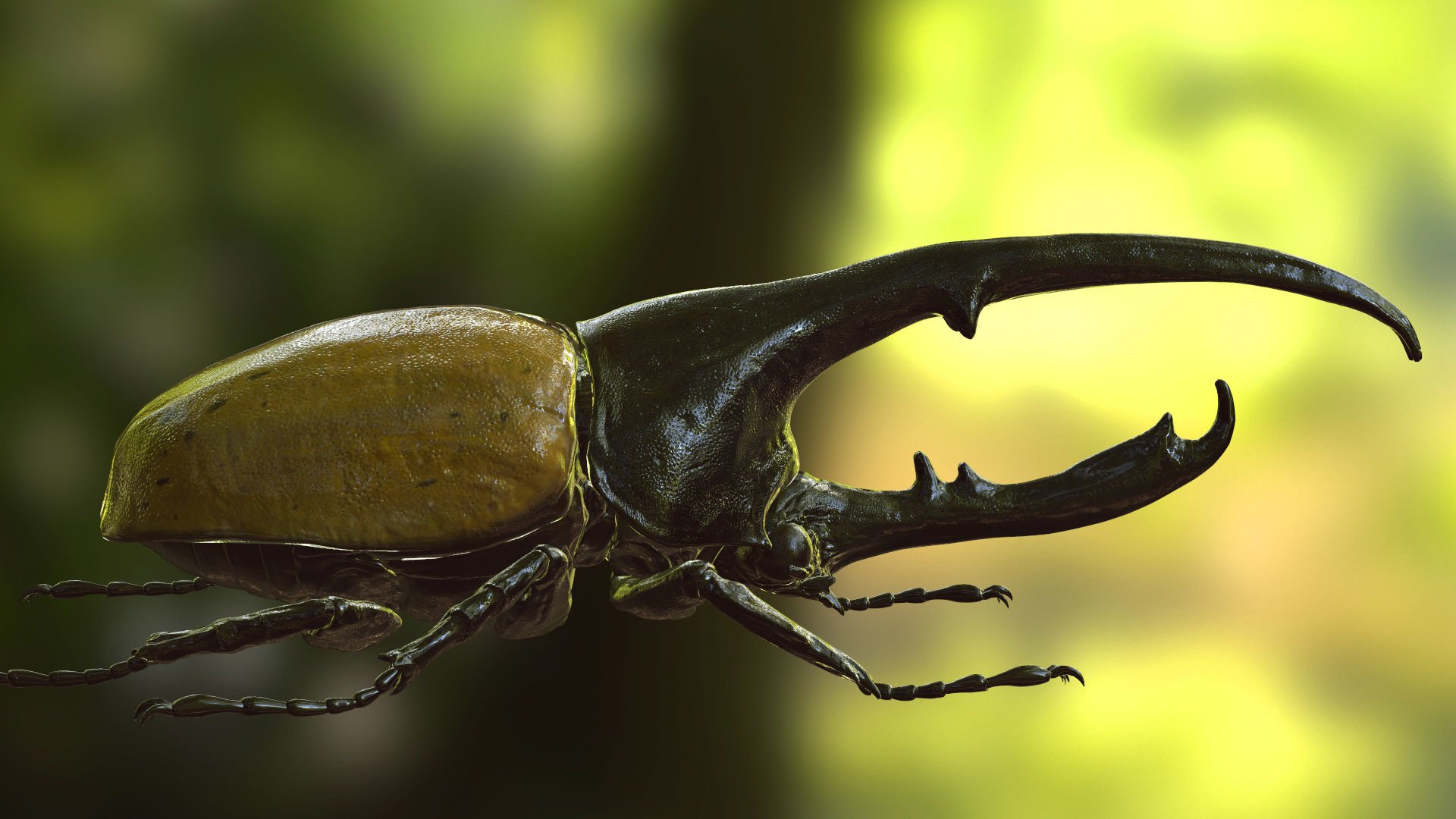
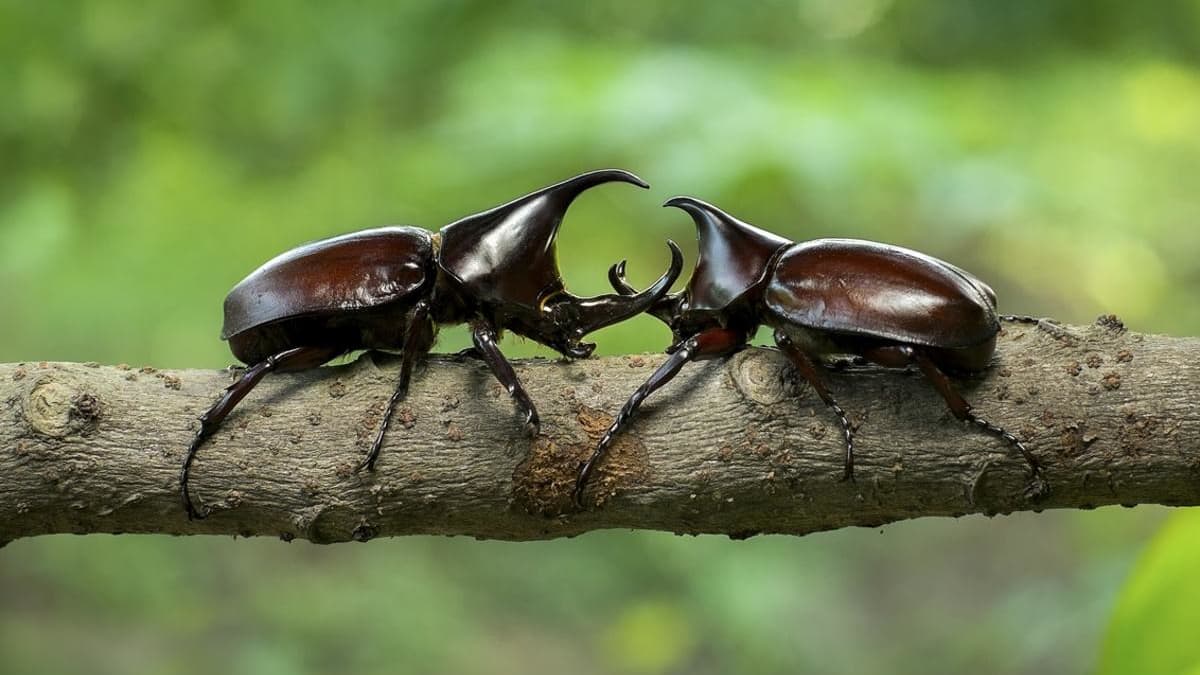
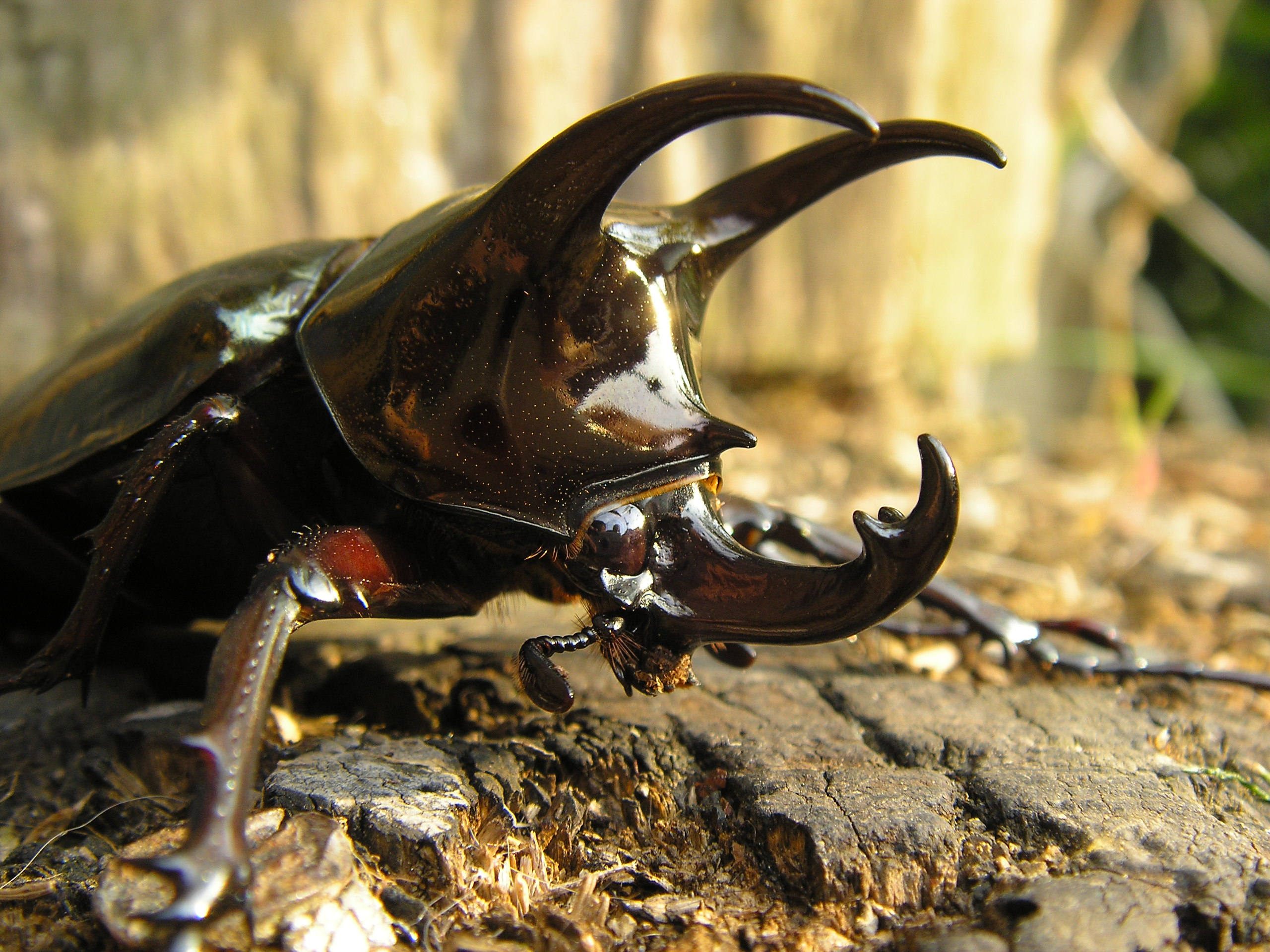
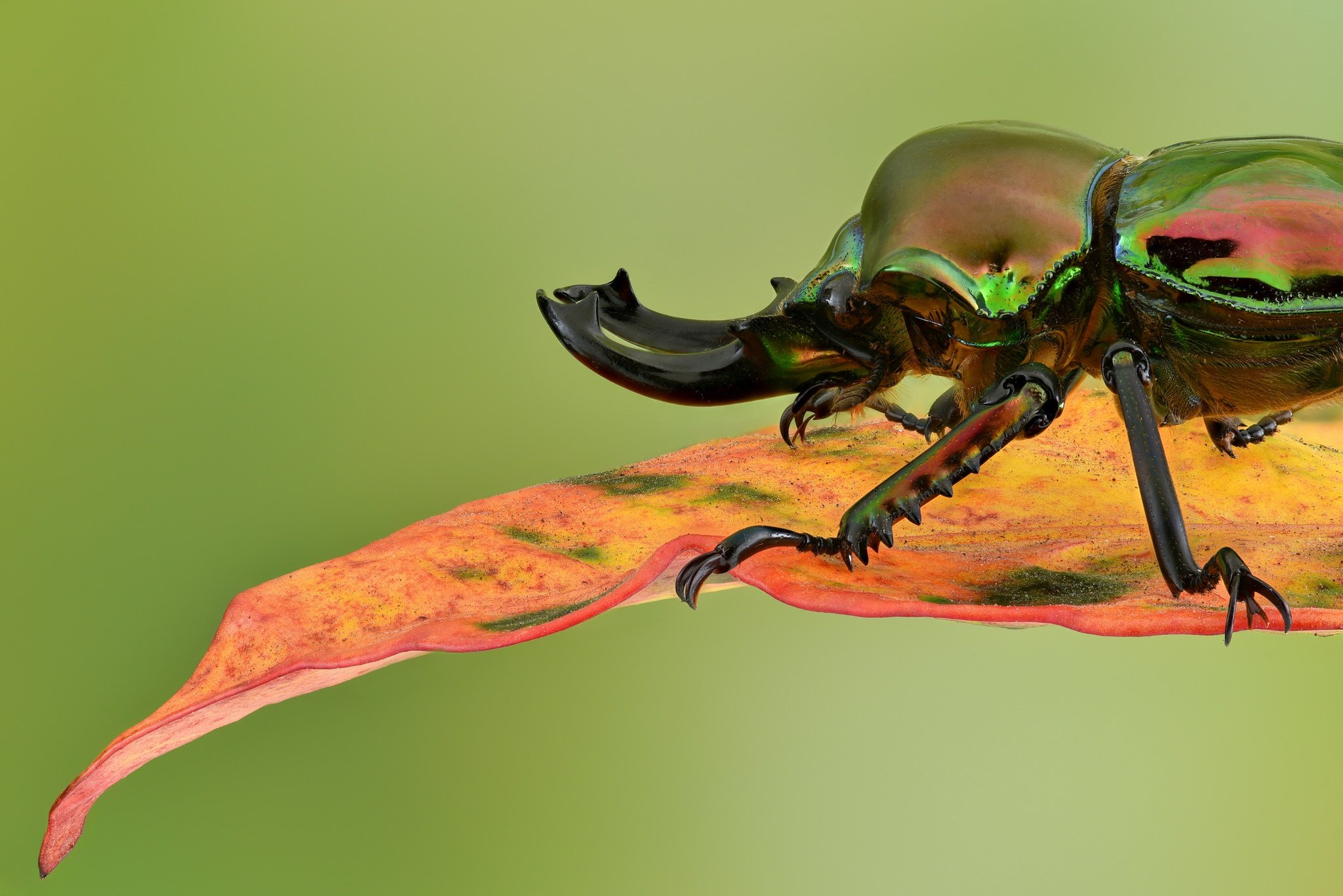
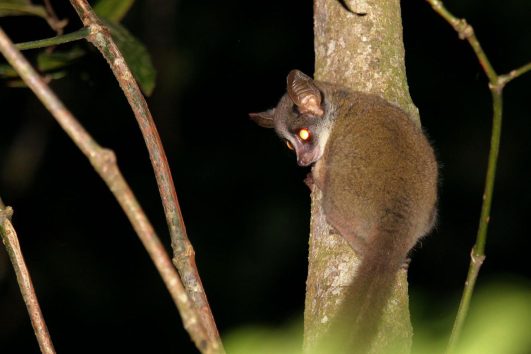
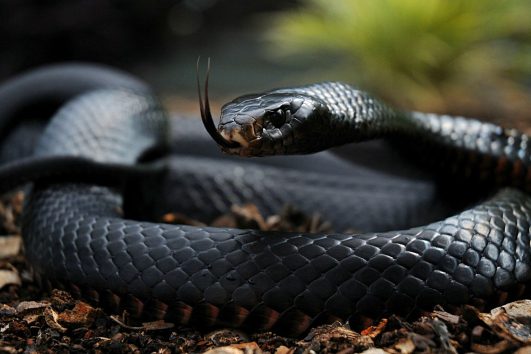
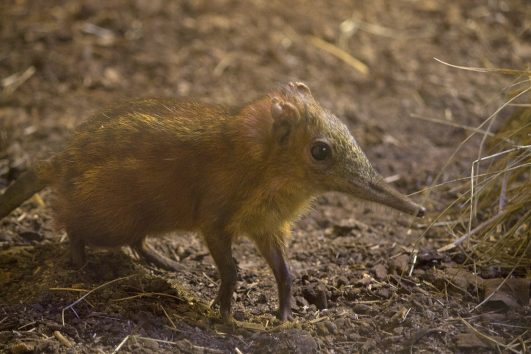
Tour Reviews
There are no reviews yet.
Leave a Review